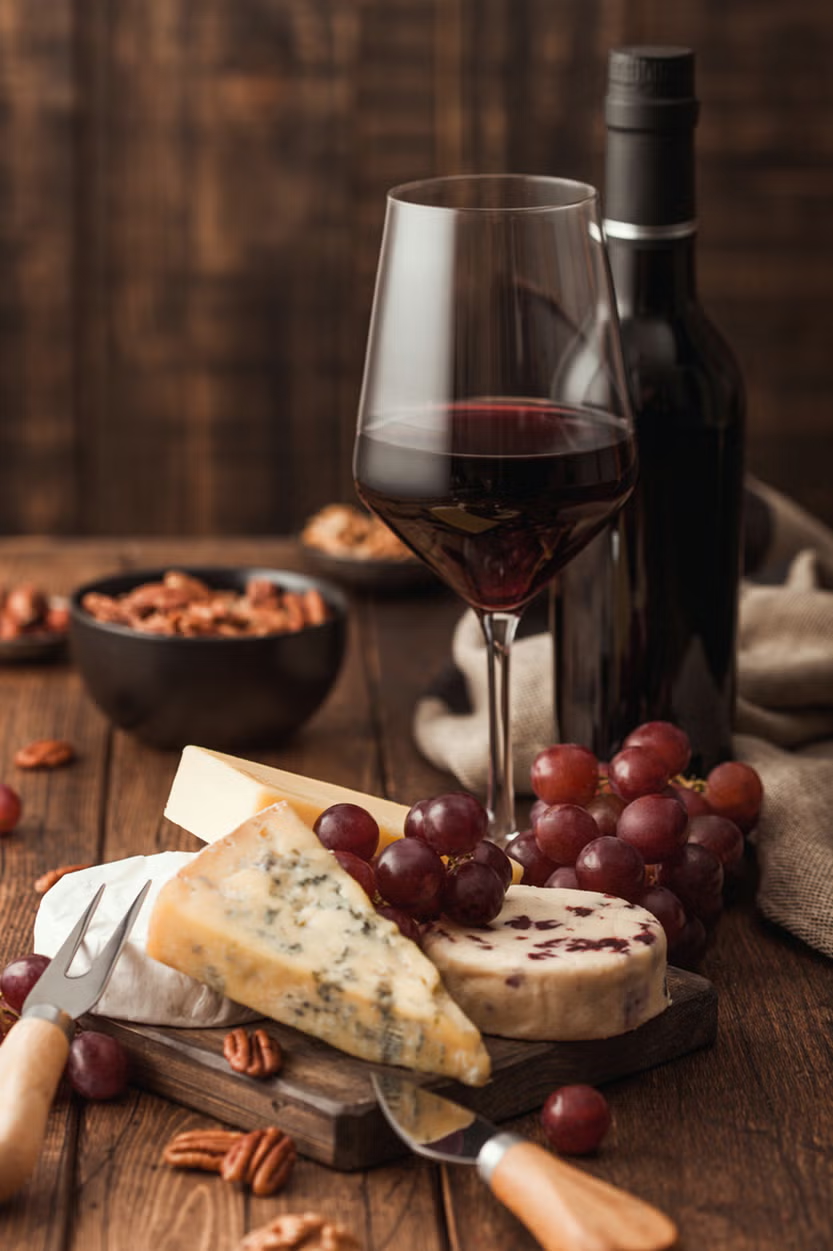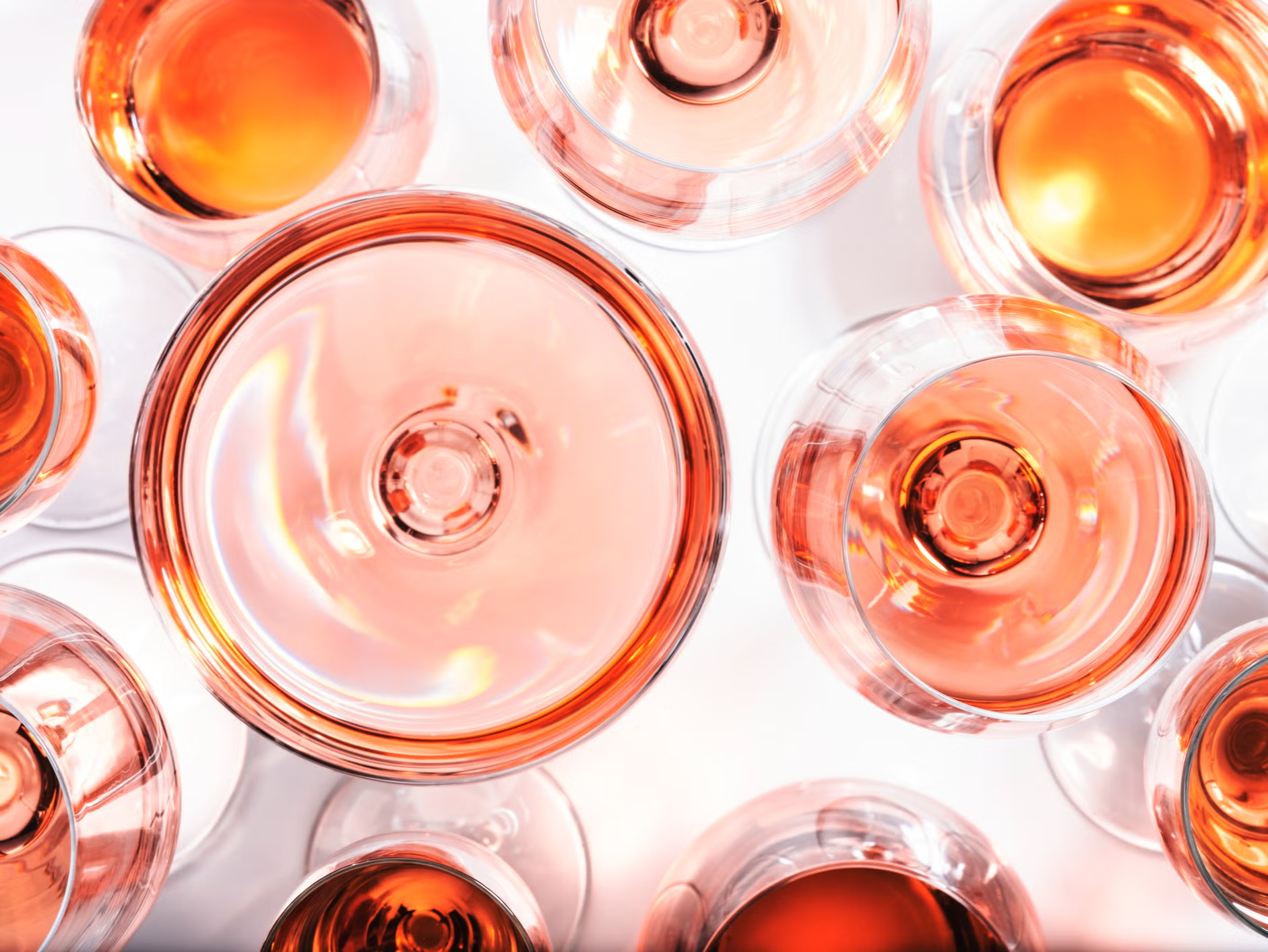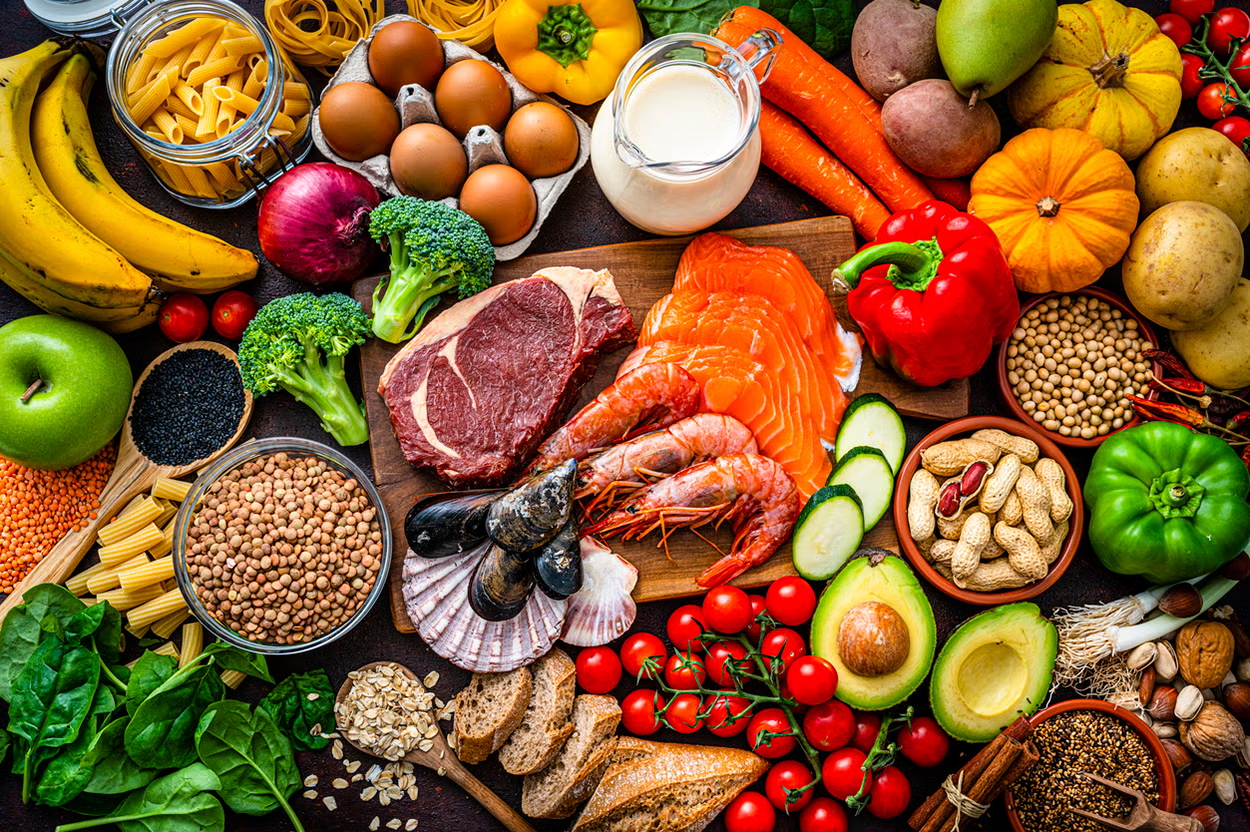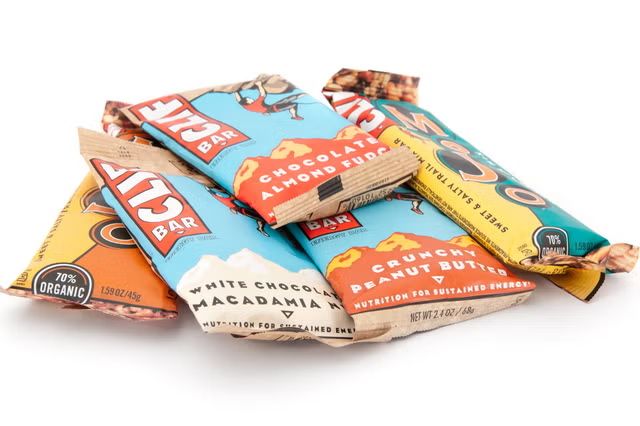Let’s be honest: few of us are sitting down with a glass of pinot noir after a long day thinking, “Ah, just what my cardiovascular system needs”. We’re in it for that slow, satisfying unwind.
What if I told you that certain wines – and some ingredients in particular – might actually be doing more for your body than taking the edge off? Of course, that comes with a pretty important caveat: moderation is key.
Ultimately, when looking for a healthier drink, there’s more to consider than the alcohol percentage. So, when it comes to reds, oranges and whites, what should you really be checking for?
Red wine: the antioxidant ingredients to know about
What separates red from white, aside from the colour and the fact one stains your teeth, is the polyphenols – plant compounds that play a starring role in heart health. These include flavonoids (like quercetin and catechins) and the much-vaunted resveratrol, which has been linked to everything from anti-ageing to protecting against heart disease.
Red wines contain around 10 times more of these antioxidants than whites because of how they’re made. In red wine, the grape skins come in contact with the juice, letting all those beneficial compounds seep into the final product.
While excessive drinking can increase the risk of high blood pressure and heart disease, polyphenols like resveratrol and procyanidins help protect the lining of blood vessels in your heart and slow the progression of atherosclerosis (the clogging of arteries). These compounds can also help regulate your blood pressure and improve your cholesterol profile – raising the good (HDL) and lowering the bad (LDL).
Some studies suggest that moderate wine drinkers – and the key here is moderation – have up to 15 per cent higher HDL levels. Not bad for something you were probably drinking anyway.

When it comes to choosing a healthy wine, you won’t find a helpful list of ingredients on the back of the bottle. Instead, memorise these grapes with high levels of beneficial compounds for your next visit to the supermarket.
1. Pinot noir. Often hailed as one of the healthiest red wines, pinot noir is packed with resveratrol and tends to have a lower sugar content compared to other red wines. It’s particularly known having relatively low tannins, making it a popular choice for those looking to drink in moderation.
2. Tannat. This grape variety, known for its thick skins, has some of the highest levels of procyanidins, which help improve blood vessel health and reduce inflammation. Tannat wines, especially those from Uruguay and the south of France, can have up to four times the procyanidins of more common reds like merlot.
3. Cabernet Sauvignon. Rich in flavonoids and resveratrol, cabernet sauvignon is full-bodied, with a strong tannic structure, meaning it’s high in the antioxidants that can help lower cholesterol and reduce oxidative stress.
Orange wine: more than just a TikTok trend
This amber-hued wine is made like red wine, with grape skins left in contact with the juice during fermentation. That means orange wine contains almost five times more antioxidants than white wine.
While it doesn’t quite match the antioxidant levels of red wine (orange has about 0.6 times the polyphenol content of red), studies suggest that orange wine may offer a good alternative for those who prefer something lighter than a robust red.
The orange wines to look out for:
1. Ribolla Gialla. High in antioxidants and polyphenols, ribolla gialla wines are known for their complexity and beneficial compounds.
2. Rkatsiteli. This ancient Georgian grape is rich in polyphenols and is known for its ability to fight oxidative stress.
3. Mtsvane. Like rkatsiteli, mtsvane wines made in Georgia with extended skin contact retain high levels of antioxidants and flavonoids.
Rosé: not just for summer sipping

Rosé, while not quite as packed with antioxidants as red or orange wines, but still contains more than white wines, thanks to its short time on the skins. So, while a rosé spritzer on a summer afternoon might not be your key to eternal youth, grenache-based rosés tend to have higher levels of resveratrol and rosés made from shiraz can have higher levels of anthocyanins and flavonoids, compounds that have been linked to reducing inflammation.
If it’s white, make it dry
Then there’s white wine – often sidelined in the health debate. White wines aren’t given the same polyphenol treatment because the skins are removed before fermentation. But dry white wines are still lower in sugar than sweet whites, and they’re a better option than most spirits or cocktails if you’re counting calories or looking to avoid a sugar crash.
Sauvignon blanc tends to be lower in sugar and higher in flavonoids when it is produced as a dry wine and an unoaked chardonnay also has fewer additives and less sugar than heavily oaked versions.
When made dry, riesling is also relatively low in alcohol and sugar and this grape also contains quercetin, a flavonoid that has anti-inflammatory properties.
What’s organic got to do with it?
Grapes are one of the more heavily sprayed crops and a study by Europe’s Pesticide Action Network in 2008 found bottles of non-organic wines to contain 24 different pesticide contaminants, which included five classified as being carcinogenic, mutagenic, reprotoxic or endocrine-disrupting by the European Union.
While further studies have suggested these pesticide residues did not pose any direct risk, reducing your exposure to chemicals certainly can’t hurt. And as the research of organic wine’s extra health benefits is still emerging, you have the added bonus of helping the environment too.
Sulphites: wine’s favourite scapegoat
The bogeyman of the wine world, or so some would have you believe. In reality, they’re just sulfur dioxide (SO2), naturally occurring during fermentation and added by winemakers to keep your wine fresh, stable and free of bacterial nasties. Unless you’re one of the unlucky few with an actual sulphite sensitivity – mostly asthmatics – there’s little to worry about. Sure, they might give some people a headache, but more likely it’s dehydration or the histamines in wine that will leave you reaching for the paracetamol.
Alcohol percentage: less isn’t always more
Most wines range between 12-15 per cent alcohol – drink beyond moderation and you’re inviting higher risks of high blood pressure, liver disease and certain cancers.
Recently, low-alcohol wines (below 10 per cent) have gained traction among health-conscious drinkers. These wines provide a lighter, less intoxicating option while still allowing for some of the social and psychological benefits associated with moderate wine drinking. However, antioxidants like resveratrol remain consistent across wine styles, regardless of alcohol content.
Sugar levels: the silent saboteur
Sugar is the stealthy villain in some wines, particularly sweet and dessert varieties. Dry wines, which have less than 4g of sugar per litre, are your best bet if you’re looking to avoid weight gain, blood sugar spikes and the risk of type 2 diabetes. Wines with higher sugar content contribute to metabolic issues and increase your caloric intake without you even realising it.
Even in low-alcohol wines, it’s best to opt for dry varieties to keep the sugar content in check.

The French paradox
Research shows the French often drink two to three glasses of red wine every day – particularly rustic, traditional wines that are packed with antioxidants. Researchers believe those antioxidants, combined with the leisurely pace of a French meal, help mitigate the artery-clogging effects of all that rich food.
Across the Mediterranean, you see a similar trend. The island of Sardinia, one of the world’s Blue Zones (where people routinely live past 100), attributes part of their longevity to the local cannonau wine (grenache, for the rest of us). Again, two to three glasses a day, often combined with a healthy Mediterranean diet and lifestyle.

Research also suggests a compound in grapes called piceatannol could block fat cells from maturing, which might explain why regular wine drinkers in these countries maintain a healthier weight than other populations.
Drinking to forget, or not
When it comes to Alzheimer’s disease, studies show that excessive alcohol can prevent the body from getting enough vitamin B, which the brain needs to work properly, and can increase high blood pressure, which can lead to vascular dementia. Other studies show that people who follow a Mediterranean diet, complete with their daily glass of red wine, have a significantly lower risk of cognitive decline: a 28 per cent lower risk of developing mild cognitive impairment and a 48 per cent lower chance of progressing to full-on Alzheimer’s.
Resveratrol is believed to play a role in this, too, protecting brain cells and promoting healthy blood flow when drinking within the guidelines of what is a safe level.
Drinking wine responsibly: the fine print
Now, before you start bathing in pinot noir and toasting to eternal youth, remember that these benefits come with a caveat: moderation, moderation, moderation. NHS guidelines recommend no more than 14 units of alcohol per week – that’s about six medium glasses of wine. Anything more than that and you are increasing your risk of liver damage, mental health issues and heart disease.
Three healthy drinking habits that go a long way
- Drink with food. This isn’t just good advice to slow down consumption; it’s how wine was designed to be consumed; eating while you drink helps your body process the alcohol more efficiently and reduces the impact on your liver.
- Go for smaller pours. Most wine glasses are designed to be filled no more than a third. Not only does this help with moderation, but it allows the wine to breathe properly, releasing those lovely aromas and flavours. Plus, you’ll end up drinking more slowly.
- Try the 3:4 or 2:5 method. Three nights of drinking, four nights without, or the reverse. Or, even better, five alcohol-free nights a week. It’s about mindful drinking, not habitual, autopilot over-consumption. You’ll appreciate the wine more when you do drink, and your body will thank you for the break. It also gives you the chance to splurge on something really good when you do drink.
Sip, don’t swig
Of course, wine should be a joy, not a health obsession. So, pour yourself a small glass, sip slowly and savour it. That’s the healthiest way to drink. Cheers!
Disclaimer: The copyright of this article belongs to the original author. Reposting this article is solely for the purpose of information dissemination and does not constitute any investment advice. If there is any infringement, please contact us immediately. We will make corrections or deletions as necessary. Thank you.



